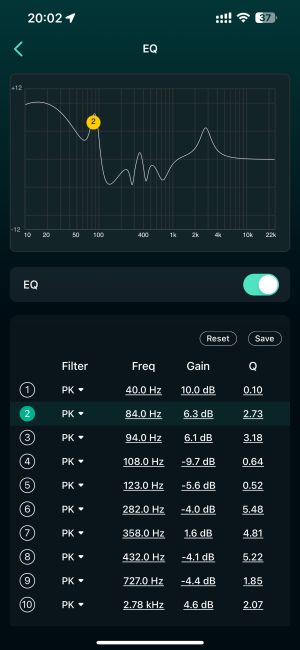WiiM AMP, in particular, has many bugs and shortcomings that users complain about; in terms of quality, the product is clearly inferior to “first-tier” manufacturers like Yamaha or Denon. That's why I say that you should pay more attention to improving the quality of your products.
In my opinion, as a resident of the country that created Yamaha and denon, that is not necessarily true.
I think you need to look into the product quality of the "first-tier" manufacturers in the same price range as the WiiM Amp. For example, please check out the reviews of the Denon PMA-60 in Japan.

